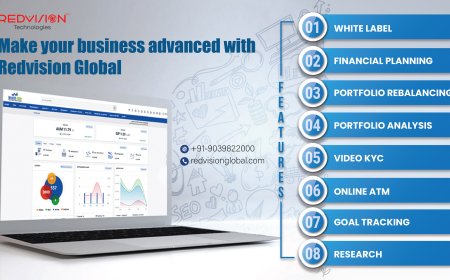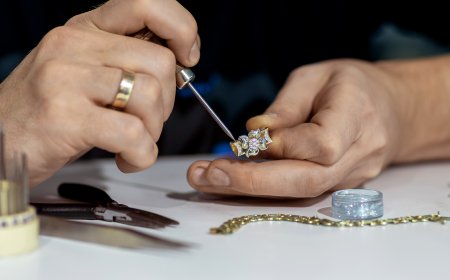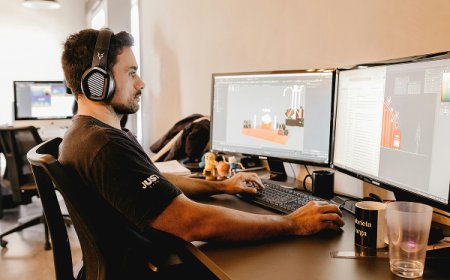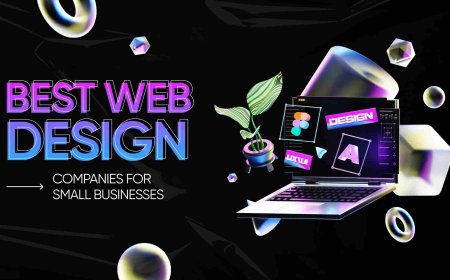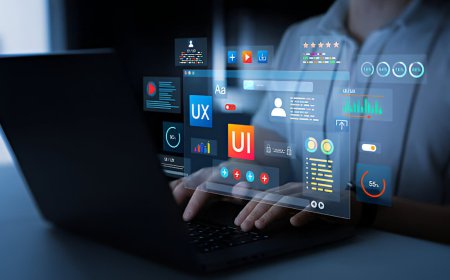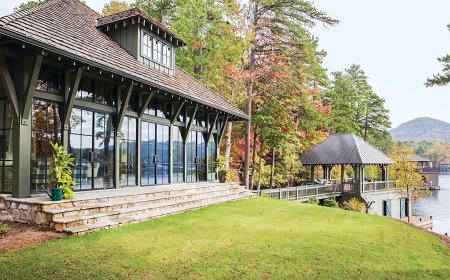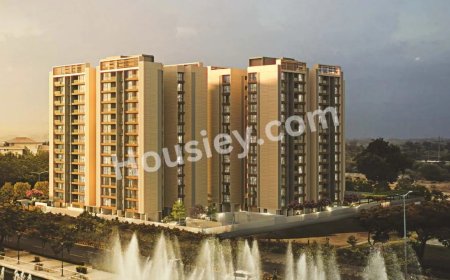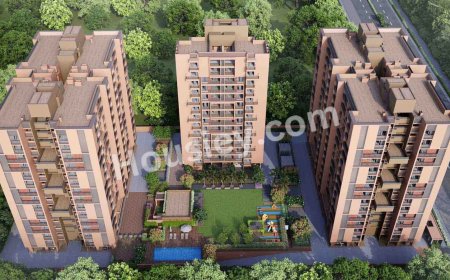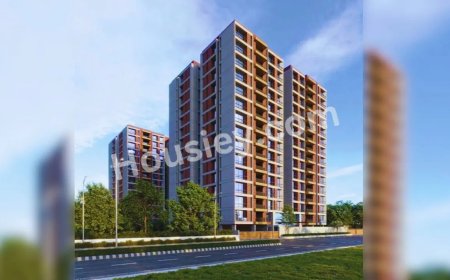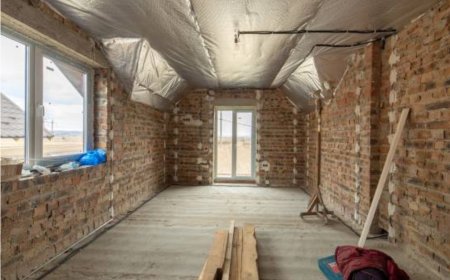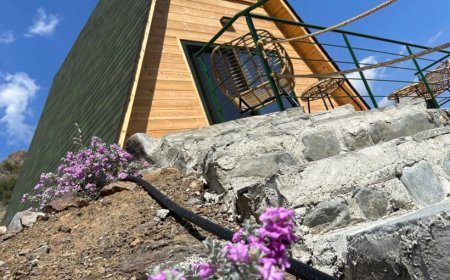Office Table Design Latest Trends for Modern Professionals

The workplace has transformed dramatically in recent years. Hybrid models, collaborative environments, and ergonomically conscious layouts have all played a role in redefining office interiors. At the heart of these evolving setups is the office table design latest trend a blend of style, functionality, and adaptability. Office tables are no longer static furniture pieces; they are productivity stations that cater to comfort, aesthetics, and multi-functionality. As organizations prioritize employee well-being and performance, the design of office tables has taken center stage.
The latest office table designs are now curated to reflect brand identity, create inviting work environments, and adapt to modern needs like tech integration and space-saving features. Whether its an executive corner office, a co-working hub, or a home office, choosing the right table design has become a strategic decision. This blog dives deep into the current design elements, materials, features, and global trends shaping office tables across industries.
Multifunctional Designs Are Leading the Way
One of the key features driving office table design latest trends is multifunctionality. Todays office tables arent limited to just desktops and drawers. Modern designs often include built-in charging ports, cable management systems, adjustable heights, and extendable sections. These enhancements help maximize efficiency and reduce clutter, which is essential in both compact and open office plans.
Tables with movable components are gaining popularity, especially in shared workspaces. Foldable extensions or modular sections offer employees flexibility and make it easy to transition from solo tasks to group discussions. In home office setups, multifunctional tables are a practical choice since they can double up as study desks or work-from-home stations without compromising on style.
Ergonomic Considerations in Modern Table Design
Ergonomics has gone beyond office chairs and now plays a crucial role in the structure of office tables. The latest designs prioritize posture, comfort, and adjustability to reduce strain during long working hours. Sit-stand desks, for instance, have become a must-have in many offices. These tables allow users to shift between seated and standing positions, boosting circulation and focus.
Moreover, table designs with contoured edges, anti-fatigue footrests, and wrist-support zones are being widely adopted. Many of these features are integrated subtly into the design, ensuring that aesthetics are not compromised. With remote work still prevalent, ergonomic office tables are no longer a luxury they are a necessity for maintaining health and productivity.
Materials That Reflect Sustainability and Style
Sustainability is influencing purchasing decisions across sectors, and office furniture is no exception. The office table design latest trends include eco-friendly materials such as bamboo, reclaimed wood, recycled metal, and glass. These materials not only reduce the environmental footprint but also add a contemporary, natural touch to workspaces.
Engineered wood combined with powder-coated steel frames is becoming a go-to option for companies that want durable yet stylish furniture. Matte finishes, marble-effect laminates, and glass tops are making a comeback, especially in executive settings where aesthetics matter. Transparency in sourcing and eco-certifications is also being considered during procurement, further emphasizing the shift toward green office design.
Customization Is the Future of Office Tables
One-size-fits-all is no longer acceptable in modern offices. Customization is now a defining element in office table trends. From color schemes to storage configuration, businesses are opting for tailor-made solutions that align with their workflow and brand image.
Custom office tables can be designed to include personal lockers, branded elements, and specific tech integrations. Adjustable leg heights, rotating desktops, and interchangeable panels allow employees to modify their workstations to suit their tasks. Even home-based professionals are choosing tables that reflect their personality and work requirements, proving that bespoke furniture isn't just for big enterprises anymore.
Tech Integration Is a Game-Changer
Technology is deeply embedded into modern work culture, and office tables are now being designed to reflect this integration. From wireless charging pads to embedded LED lighting and USB hubs, technology-enhanced tables are rapidly gaining traction. In conference rooms, modern tables feature AV connectivity options, power outlets, and cable trays to support virtual meetings and collaborative tools.
Smart office tables are also being developed with touchscreens, memory settings for desk heights, and IoT features that connect with office management systems. These innovative tables not only boost convenience but also help optimize office energy use and space management. As technology continues to shape how we work, its inevitable that office table designs will become even smarter and more connected.
Aesthetics That Inspire Productivity
Visual appeal is more than just an added bonus it directly influences employee mood, motivation, and creativity. The office table design latest styles focus heavily on minimalism, biophilic elements, and color psychology. Minimalist designs with clean lines and neutral palettes dominate tech startups and creative studios, whereas warm tones and wooden textures are favored in traditional or legal firms.
Glass tops, metal accents, and floating drawer units are being incorporated into designs to give a sleek, modern look. Some brands are even collaborating with interior designers to create office tables that look like high-end home furniture, blurring the line between professional and personal spaces. The right design not only enhances brand perception but also elevates the overall workspace ambiance.
Space Optimization for Urban Offices
As real estate prices climb and workspaces shrink, optimizing every square inch has become a design priority. The office table design latest approach focuses on compactness without sacrificing function. Corner tables, wall-mounted folding desks, and nesting table sets are ideal for small offices and co-working environments.
L-shaped desks and U-shaped tables are being adapted with sliding components and hidden storage to save space. Even shared workbenches are designed to offer privacy through screens or elevated partitions. Whether you're outfitting a startup studio or a high-rise corporate office, space-smart table designs are essential for creating a productive yet clutter-free environment.
Conclusion: Future-Ready Office Tables Start Here
In todays dynamic professional landscape, choosing the right office table is more than a matter of taste its a strategic investment in productivity, employee wellness, and brand identity. The office table design latest trends are steering organizations toward smarter, greener, and more personalized furniture solutions that accommodate ever-evolving work styles.
From ergonomic innovations and sustainable materials to tech-enhanced features and space-saving models, the modern office table is a reflection of progress. Whether you're revamping your headquarters or setting up a cozy home office, staying updated on the latest design trends ensures that your workspace remains future-ready and functional.
For businesses and individuals seeking the perfect office table that combines style, functionality, and innovation, Office furniture offers a wide range of modern solutions tailored to meet contemporary needs.














